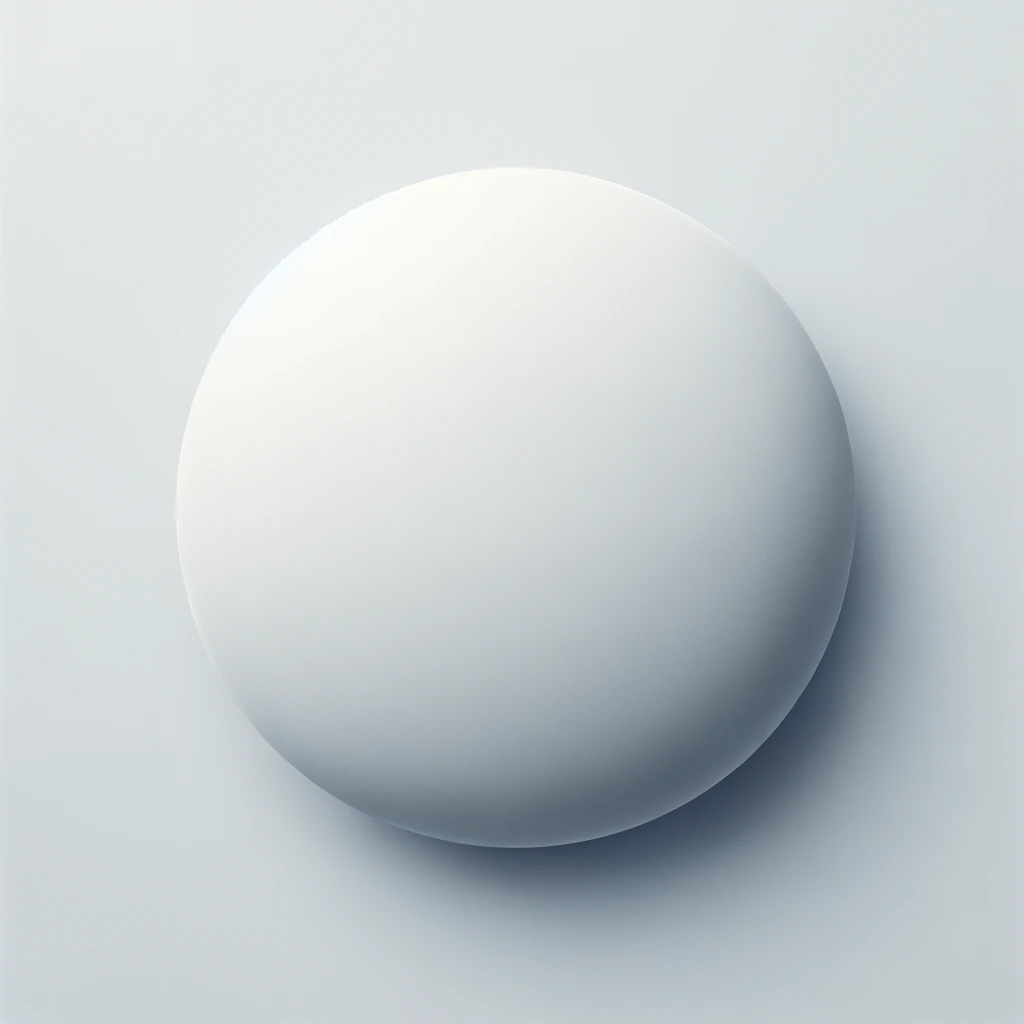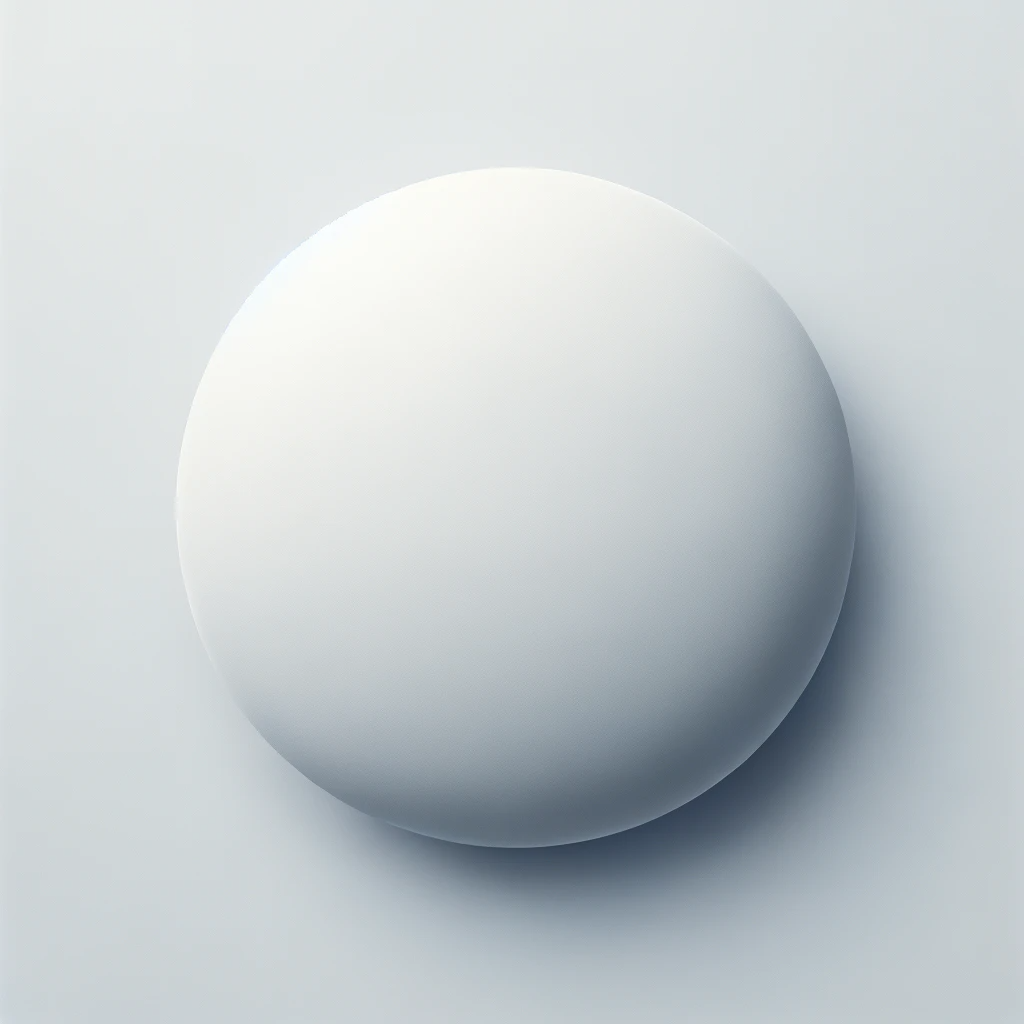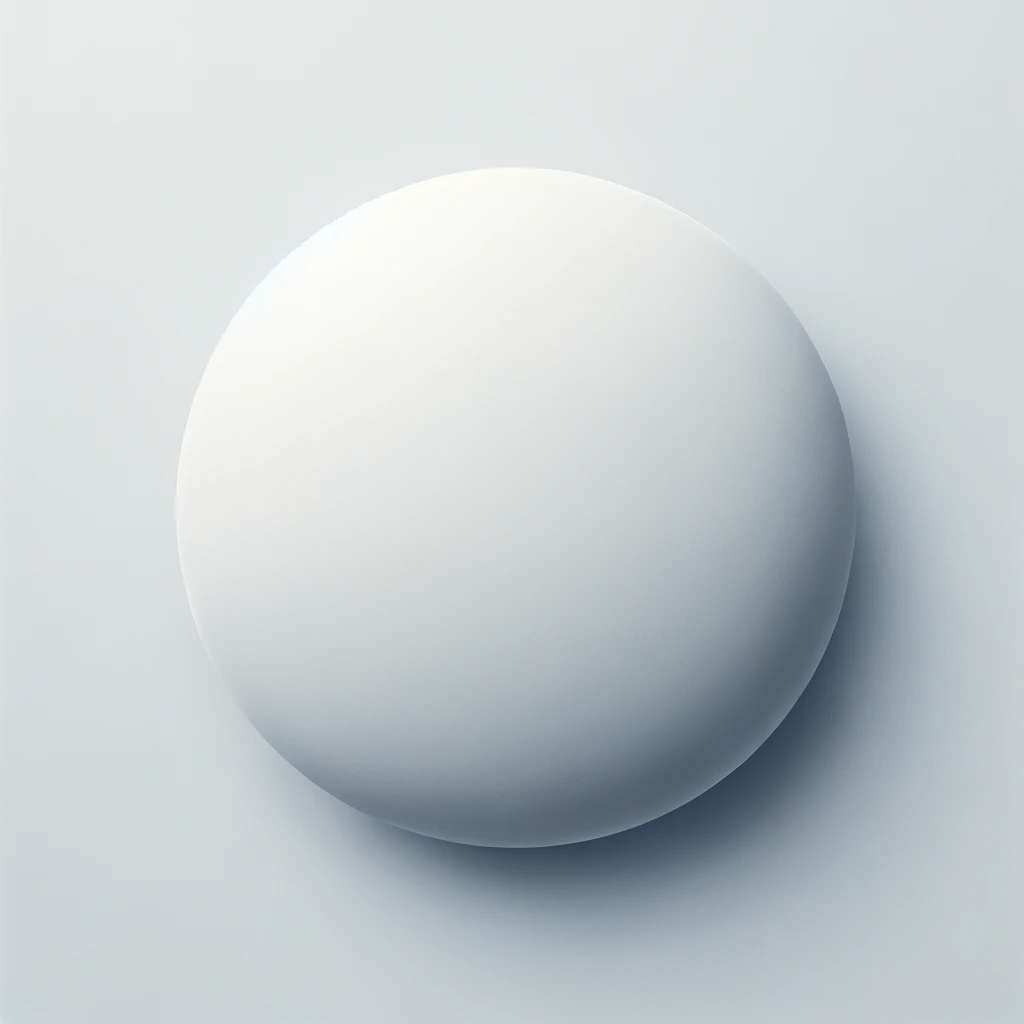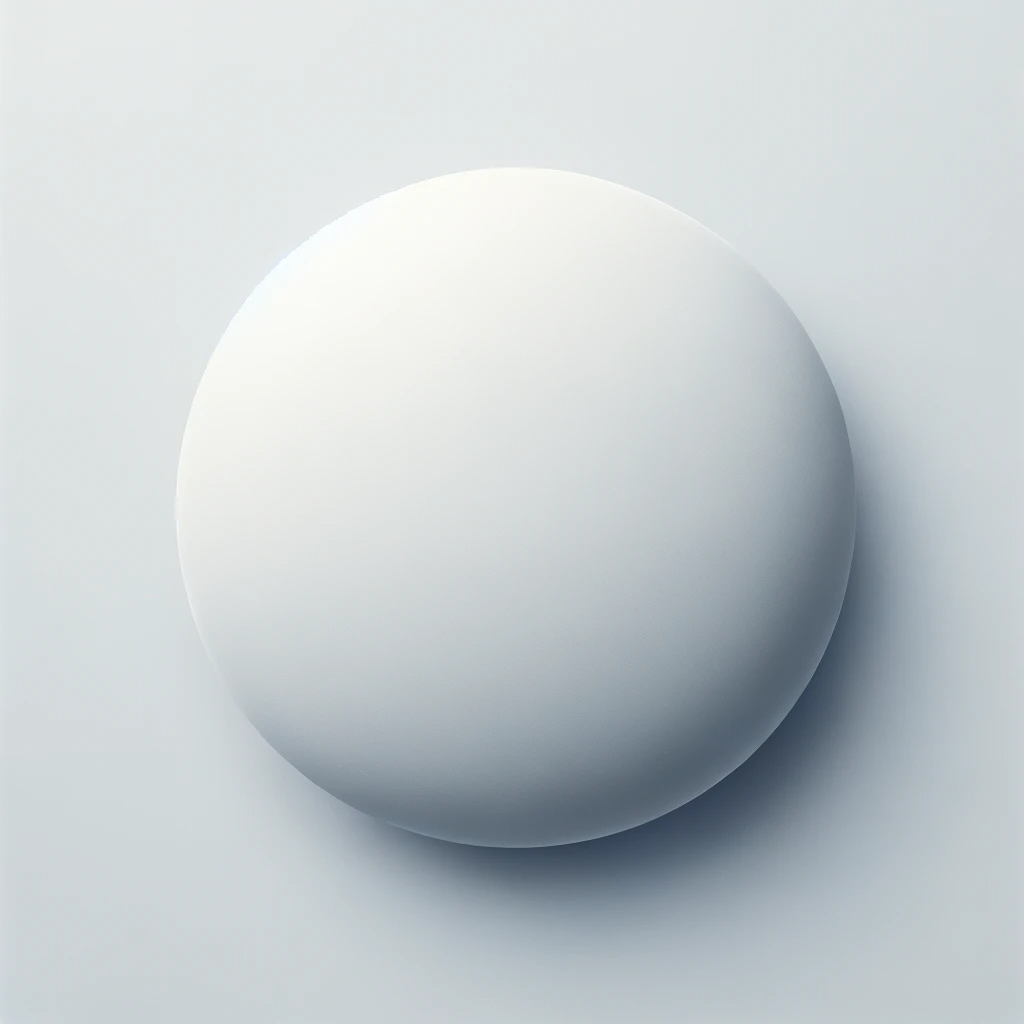How To Nebraska last frost date 2023: 3 Strategies That Work
Nebraska volleyball has gained a massive following over the years, with fans eagerly awaiting each game to cheer on their favorite team. In today’s digital age, online streaming pl...A frost date is the average date of the last light freeze in spring or the first light freeze in fall.. The classification of freeze temperatures is based on their effect on plants: Light freeze: 29° to 32°F (-1.7° to 0°C)—tender plants are killed. Moderate freeze: 25° to 28°F (-3.9° to -2.2°C)—widely destructive to most vegetation. Severe freeze: 24°F (-4.4°C) and colder—heavy ...A frost date is the average date of the last light freeze in spring or the first light freeze in fall. The classification of freeze temperatures is based on their effect on plants: Light freeze: 29° to 32°F (-1.7° to 0°C)—tender plants are killed. Moderate freeze: 25° to 28°F (-3.9° to -2.2°C)—widely destructive to most vegetation.A frost date is the average date of the last light freeze in spring or the first light freeze in fall. The classification of freeze temperatures is based on their effect on plants: Light freeze: 29° to 32°F (-1.7° to 0°C)—tender plants are killed. Moderate freeze: 25° to 28°F (-3.9° to -2.2°C)—widely destructive to most vegetation.Oct 7. Oct 10. Oct 13. Oct 16. Oct 19. Oct 22. Oct 25. Oct 30. Now that you know your frost dates, use our Garden Planting Calendar for Wilmington, Delaware to know when to sow and transplant your various vegetable plants!A frost date is the average date of the last light freeze in spring or the first light freeze in fall. The classification of freeze temperatures is based on their effect on plants: Light freeze: 29° to 32°F (-1.7° to 0°C)—tender plants are killed. Moderate freeze: 25° to 28°F (-3.9° to -2.2°C)—widely destructive to most vegetation.A frost date is the average date of the last light freeze in spring or the first light freeze in fall. The classification of freeze temperatures is based on their effect on plants: Light freeze: 29° to 32°F (-1.7° to 0°C)—tender plants are killed. Moderate freeze: 25° to 28°F (-3.9° to -2.2°C)—widely destructive to most vegetation.A frost date is the average date of the last light freeze in spring or the first light freeze in fall. The classification of freeze temperatures is based on their effect on plants: Light freeze: 29° to 32°F (-1.7° to 0°C)—tender plants are killed. Moderate freeze: 25° to 28°F (-3.9° to -2.2°C)—widely destructive to most vegetation.A frost date is the average date of the last light freeze in spring or the first light freeze in fall. The classification of freeze temperatures is based on their effect on plants: Light freeze: 29° to 32°F (-1.7° to 0°C)—tender plants are killed. Moderate freeze: 25° to 28°F (-3.9° to -2.2°C)—widely destructive to most vegetation.A frost date is the average date of the last light freeze in spring or the first light freeze in fall. The classification of freeze temperatures is based on their effect on plants: Light freeze: 29° to 32°F (-1.7° to 0°C)—tender plants are killed. Moderate freeze: 25° to 28°F (-3.9° to -2.2°C)—widely destructive to most vegetation.A frost date is the average date of the last light freeze in spring or the first light freeze in fall. The classification of freeze temperatures is based on their effect on plants: Light freeze: 29° to 32°F (-1.7° to 0°C)—tender plants are killed. Moderate freeze: 25° to 28°F (-3.9° to -2.2°C)—widely destructive to most vegetation.See the average first and last frost dates for locations across the U.S. and Canada with our frost dates calculator. Simply enter your postal code to see when the last spring frost date and first fall frost date typically occur in your area. Knowing local frost dates can improve your gardening by giving you an idea of when to start seeds indoors and outdoors, when to transplant, and when to ...Oct 8. Oct 11. Oct 13. Oct 16. Oct 19. Oct 24. Now that you know your frost dates, use our Garden Planting Calendar for Wenatchee, WA to know when to sow and transplant your various vegetable plants!You have a 80% chance of seeing 32° by October 19. Said another way, you have a 1 in 5 chance at making it to that day without a 32° night. Now that you know your frost dates, …A frost date is the average date of the last light freeze in spring or the first light freeze in fall. The classification of freeze temperatures is based on their effect on plants: Light freeze: 29° to 32°F (-1.7° to 0°C)—tender plants are killed. Moderate freeze: 25° to 28°F (-3.9° to -2.2°C)—widely destructive to most vegetation.A frost date is the average date of the last light freeze in spring or the first light freeze in fall. The classification of freeze temperatures is based on their effect on plants: Light freeze: 29° to 32°F (-1.7° to 0°C)—tender plants are killed. Moderate freeze: 25° to 28°F (-3.9° to -2.2°C)—widely destructive to most vegetation.The final column is a recap of LAST SPRING (2023), showing the last dates that 28°, 32° and 36° were observed. A blue-shaded date indicates that the last spring frost/freeze/hard freeze of 2023 occurred at least 10 days LATER than the 30-year average , while red-shaded dates indicate a last spring frost/freeze/hard freeze that was at least ...Depending on the type of cabbage, it takes roughly 60-70 days to grow cabbage from seed indoors and then transplant them to your garden. For a specific date that you should start cabbage seeds indoors you should: Find the last average frost date HERE. And then subtract 70 days from it.A frost date is the average date of the last light freeze in spring or the first light freeze in fall. The classification of freeze temperatures is based on their effect on plants: Light freeze: 29° to 32°F (-1.7° to 0°C)—tender plants are killed. Moderate freeze: 25° to 28°F (-3.9° to -2.2°C)—widely destructive to most vegetation.- NWS Hastings has OUTRIGHT-DISCONTINUED BOTH FREEZE WARNINGS + FROST ADVISORIES this fall for 5 counties in our far northern/western Nebraska coverage area (Valley/Greeley/Dawson/Gosper/Furnas), given that these counties observed a widespread freeze/hard freeze of generally 26-30º back on Oct. 7thA frost date is the average date of the last light freeze in spring or the first light freeze in fall. The classification of freeze temperatures is based on their effect on plants: Light freeze: 29° to 32°F (-1.7° to 0°C)—tender plants are killed. Moderate freeze: 25° to 28°F (-3.9° to -2.2°C)—widely destructive to most vegetation.A frost date is the average date of the last light freeze in spring or the first light freeze in fall. The classification of freeze temperatures is based on their effect on plants: Light freeze: 29° to 32°F (-1.7° to 0°C)—tender plants are killed. Moderate freeze: 25° to 28°F (-3.9° to -2.2°C)—widely destructive to most vegetation.Most planting and seed sowing instructions are based on the average last frost date, which is defined as "the last day in the spring that you might have a killing frost". ... Northwood, Iowa; Nebraska 5a-20 to -15 F -26.2 to -28.8 C Des Moines, Iowa; Illinois 5b -15 to -10 F -23.4 to -26.1 C Columbia, Missouri; Mansfield, Pennsylvania ...Scott Frost coached Nebraska for four-plus seasons from 2018 to 2022, coaching the first three games of the 2022 season before being replaced. Frost posted a 16-31 record with the Cornhuskers. Frost's tenure was ultimately defined by close losses, as 23 of his 31 losses were by single digits, including each of his final 13 losses.A frost date is the average date of the last light freeze in spring or the first light freeze in fall. The classification of freeze temperatures is based on their effect on plants: Light freeze: 29° to 32°F (-1.7° to 0°C)—tender plants are killed. Moderate freeze: 25° to 28°F (-3.9° to -2.2°C)—widely destructive to most vegetation.List of Average Last Frost Dates for Locations in Nebraska. Location. Average Last Frost Dates. Bellevue. May 1 - May 10. Columbus. May 11 - May 20. Fremont. May 11 - May 20.Someone who wants to take care of a pygmy date palm tree should avoid watering it too much, not over prune it and use fertilizers that develop the right soil environment. In additi...The last frost dates in a small northeastern pocket of Nebraska are May 16 to 31. The first frost dates in northern Nebraska are September 1 to 30. The first frost dates in southern Nebraska are October 1 to 15. Last and First Frost Dates for Nevada. The last frost dates in Nevada range from January 1 to July 31, depending on where you live.A frost date is the average date of the last light freeze in spring or the first light freeze in fall. The classification of freeze temperatures is based on their effect on plants: Light freeze: 29° to 32°F (-1.7° to 0°C)—tender plants are killed. Moderate freeze: 25° to 28°F (-3.9° to -2.2°C)—widely destructive to most vegetation.Germany Interactive Average Last Frost Date Map. Plant Maps. Home (current) About; Home; Germany Last Frost Date Map; Germany Average Last Frost Date Map. Zone 8 Mar. 21 - Mar. 31: Zone 9 Apr. 1 - Apr. 10: Zone 10 Apr. 11 - Apr. 20: Zone 11 Apr. 21 - Apr. 30: Zone 12 May 1 - May 10: Zone 13 May 11 - May 20: Zone 14 May 21 - May 31: Zone 15Weather Weather sub-navigation. 5-Day Forecast; Long-Range Forecast; SUMMER Forecast 2024; Frost Dates; Weather History; Gardening Gardening sub-navigation. Garden Planner; Planting Dates Chart; Robin's Garden BlogWeather Weather sub-navigation. 5-Day Forecast; Long-Range Forecast; SUMMER Forecast 2024; Frost Dates; Weather History; Gardening Gardening sub-navigation. Garden Planner; Planting Dates Chart; Robin's Garden BlogA frost date is the average date of the last light freeze in spring or the first light freeze in fall. The classification of freeze temperatures is based on their effect on plants: Light freeze: 29° to 32°F (-1.7° to 0°C)—tender plants are killed. Moderate freeze: 25° to 28°F (-3.9° to -2.2°C)—widely destructive to most vegetation.A frost date is the average date of the last light freeze in spring or the first light freeze in fall. The classification of freeze temperatures is based on their effect on plants: Light freeze: 29° to 32°F (-1.7° to 0°C)—tender plants are killed. Moderate freeze: 25° to 28°F (-3.9° to -2.2°C)—widely destructive to most vegetation.A frost date is the average date of the last light freeze in spring or the first light freeze in fall. The classification of freeze temperatures is based on their effect on plants: Light freeze: 29° to 32°F (-1.7° to 0°C)—tender plants are killed. Moderate freeze: 25° to 28°F (-3.9° to -2.2°C)—widely destructive to most vegetation.According to the National Weather Service, we are about sixteen days from the average date of our first frost in south central Nebraska. The 30-year average being around the first or second day of October in the Tri-Cities. A frost forms on solid surfaces that are cooled below the dew point.A frost date is the average date of the last light freeze in spring or the first light freeze in fall. The classification of freeze temperatures is based on their effect on plants: Light freeze: 29° to 32°F (-1.7° to 0°C)—tender plants are killed. Moderate freeze: 25° to 28°F (-3.9° to -2.2°C)—widely destructive to most vegetation.A frost date is the average date of the last light freeze in spring or the first light freeze in fall. The classification of freeze temperatures is based on their effect on plants: Light freeze: 29° to 32°F (-1.7° to 0°C)—tender plants are killed. Moderate freeze: 25° to 28°F (-3.9° to -2.2°C)—widely destructive to most vegetation.A frost date is the average date of the last light freeze in spring or the first light freeze in fall. The classification of freeze temperatures is based on their effect on plants: Light freeze: 29° to 32°F (-1.7° to 0°C)—tender plants are killed. Moderate freeze: 25° to 28°F (-3.9° to -2.2°C)—widely destructive to most vegetation. A frost date is the average date of the last light freeze in spring or the first light freeze in fall. The classification of freeze temperatures is based on their effect on plants: Light freeze: 29° to 32°F (-1.7° to 0°C)—tender plants are killed. Moderate freeze: 25° to 28°F (-3.9° to -2.2°C)—widely destructive to most vegetation. Sep 27. Sep 30. Oct 3. Oct 6. Oct 10. Now that you know your frost dates, use our Garden Planting Calendar for Omaha, Nebraska to know when to sow and transplant your various vegetable plants!A frost date is the average date of the last light freeze in spring or the first light freeze in fall. The classification of freeze temperatures is based on their effect on plants: Light freeze: 29° to 32°F (-1.7° to 0°C)—tender plants are killed. Moderate freeze: 25° to 28°F (-3.9° to -2.2°C)—widely destructive to most vegetation.Enter your zip code or postal code above. The 2024 gardening calendar tells you the ideal times WHEN TO PLANT vegetables, fruit, and herbs in your area. The chart lists: While you don't have to plant the very first date available, you don't want to wait too long, or you won't get your crops matured and harvested before the first fall/winter frost.A frost date is the average date of the last light freeze in spring or the first light freeze in fall. The classification of freeze temperatures is based on their effect on plants: Light freeze: 29° to 32°F (-1.7° to 0°C)—tender plants are killed. Moderate freeze: 25° to 28°F (-3.9° to -2.2°C)—widely destructive to most vegetation.Depending on the type of zinnia, it takes roughly 5 to 24 days to grow zinnia from seed indoors and then transplant them to your garden. And then another 2 months to bloom! For a specific date that you should start zinnia seeds indoors you should: Find the last average frost date HERE. And then subtract 5 days from it.The last frost dates in a small northeastern pocket of Nebraska are May 16 to 31. The first frost dates in northern Nebraska are September 1 to 30. The first frost dates in southern Nebraska are October 1 to 15. Last and First Frost Dates for Nevada. The last frost dates in Nevada range from January 1 to July 31, depending on where you live.A frost date is the average date of the last light freeze in spring or the first light freeze in fall. The classification of freeze temperatures is based on their effect on plants: Light freeze: 29° to 32°F (-1.7° to 0°C)—tender plants are killed. Moderate freeze: 25° to 28°F (-3.9° to -2.2°C)—widely destructive to most vegetation.A frost date is the average date of the last light freeze in spring or the first light freeze in fall. Light freeze: 29° to 32°F (-1.7° to 0°C)—tender plants are killed. Moderate freeze: 25° to 28°F (-3.9° to -2.2°C)—widely destructive to most vegetation. Severe freeze: 24°F (-4.4°C) and colder—heavy damage to most garden plants.If you’re in the market for furniture, appliances, flooring, electronics, or home decor, look no further than NFM Omaha Nebraska Furniture Mart. With a vast selection of products a...A frost date is the average date of the last light freeze in spring or the first light freeze in fall. The classification of freeze temperatures is based on their effect on plants: Light freeze: 29° to 32°F (-1.7° to 0°C)—tender plants are killed. Moderate freeze: 25° to 28°F (-3.9° to -2.2°C)—widely destructive to most vegetation.A frost date is the average date of the last light freeze in spring or the first light freeze in fall. The classification of freeze temperatures is based on their effect on plants: Light freeze: 29° to 32°F (-1.7° to 0°C)—tender plants are killed. Moderate freeze: 25° to 28°F (-3.9° to -2.2°C)—widely destructive to most vegetation.As your growing season comes to an end, the nightly temperatures for Poulsbo, Washington start to go down, and therefore every day that goes by increases the chance that you'll get frost. Your risk of frost really begins around October 29, and by November 27 you're almost certain to have received at least one frost event.A frost date is the average date of the last light freeze in spring or the first light freeze in fall. The classification of freeze temperatures is based on their effect on plants: Light freeze: 29° to 32°F (-1.7° to 0°C)—tender plants are killed. Moderate freeze: 25° to 28°F (-3.9° to -2.2°C)—widely destructive to most vegetation.A frost date is the average date of the last light freeze in spring or the first light freeze in fall. The classification of freeze temperatures is based on their effect on plants: Light freeze: 29° to 32°F (-1.7° to 0°C)—tender plants are killed. Moderate freeze: 25° to 28°F (-3.9° to -2.2°C)—widely destructive to most vegetation.A frost date is the average date of the last light freeze in spring or the first light freeze in fall. The classification of freeze temperatures is based on their effect on plants: Light freeze: 29° to 32°F (-1.7° to 0°C)—tender plants are killed. Moderate freeze: 25° to 28°F (-3.9° to -2.2°C)—widely destructive to most vegetation.Nebraska Last & First Frost Dates. Unfortunately, Mother Nature plays cruel tricks on us every year. It should be noted that the above dates are just averages. ... March 8, 2023 . Here is the BEST Time to Fertilize Alchemilla in New Jersey (2023 Guide) August 21, 2022 . A frost date is the average date of the last light The last frost dates in a small northeastern pocket of Nebrask Oct 21. Oct 25. Oct 28. Nov 1. Nov 6. Nov 12. Now that you know your frost dates, use our Garden Planting Calendar for Gig Harbor, Washington to know when to sow and transplant your various vegetable plants! A frost date is the average date of the last light freeze 2024 First and Last Frost Dates for Places in West Virginia. Alum Creek, WV. A frost date is the average date of the last light f...
Continue Reading





